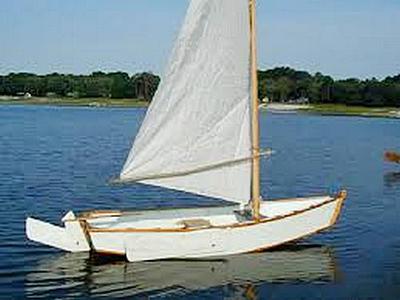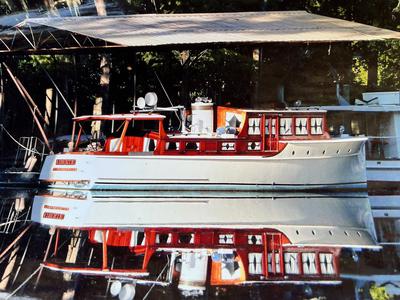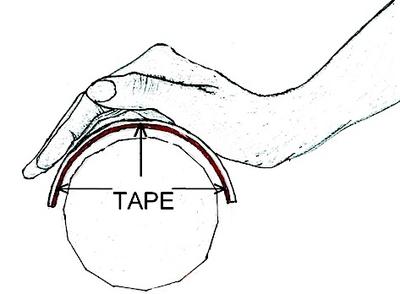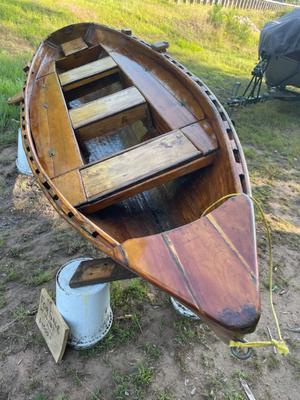Summer Breeze Sail/Dagger board placement
by Kevin
(Az)
I am preparing to build a David Beede "Summer Breeze", I intend to make two changes.
First is to place a single sail, Sloop, perhaps using the originals Lugs mast location.
Second is to install a Dagger board box instead of using a LeeBoard.
My Question: Can I place a Sloop type rig in place of the lug in the original mast position?
If not where?
And second: After determining the placement of the Sloop rig where should I place the Dagger Board?
I assume that one affects the other.
Thx in advance,
Kevin








